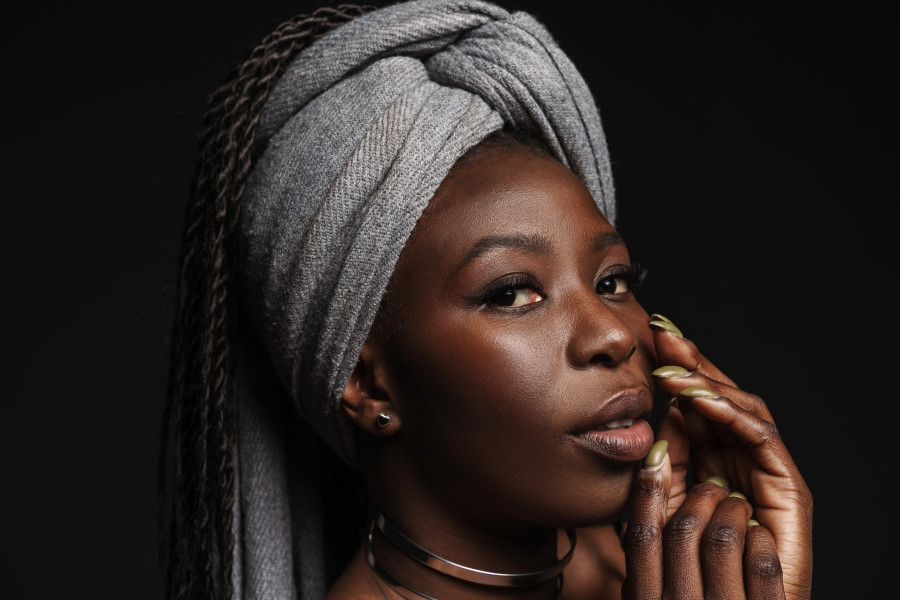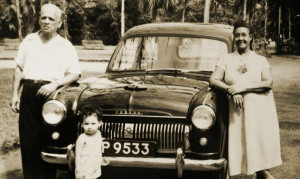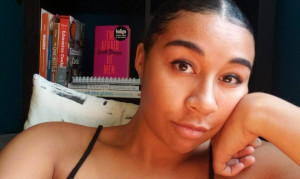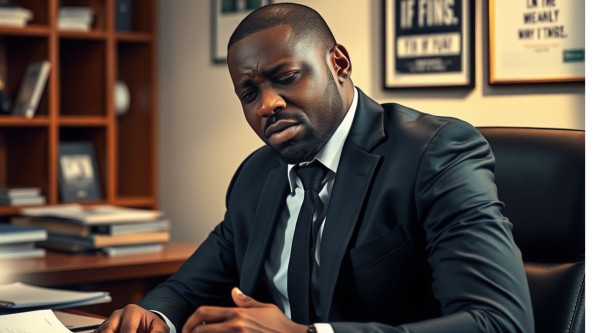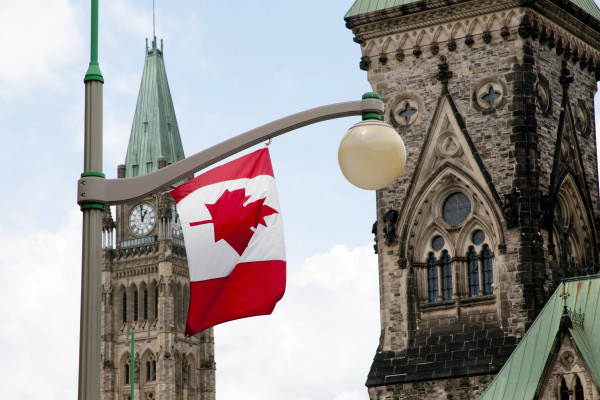Colourism has extensive historical context. During enslavement, slaves with light skin were treated ‘better’ than their darker counterparts. In many ways, light-skinned and ‘mulatto’ slaves were seen as more human than their dark-skinned counterparts. And so under enslavement light skin, due to its proximity to whiteness, garnered currency. They were granted the privilege of literacy, land and even freedom. In Haiti, many ‘mulattos’ owned land, slaves and even had garnered enough wealth to be educated in France while many dark-skinned Haitians struggled to buy their freedom or the freedom of their families and faced the perilous task of being Black. This, of course, doesn’t erase what light-skinned Black people experienced during enslavement but instead to draw attention to the fact that the darkest among us experience the most harm under this anti-Black system.
Post-enslavement didn’t yield radically different situations, either. Jim Crow ensured that any transition to ‘freedom’ would only maintain the prevailing structure. Under Jim Crow, anti-Blackness merely held a slightly different shape. Similarly, though, lighter-skinned people were more likely to move up the socioeconomic ladder simply by having light skin. Relics such as the paper bag test can attest to the value that light skin held in Black communities and how people with dark skin, particularly dark-skinned women would experience exclusion as a result of their Blackness.
Today the legacy of colourism can be found in every facet of our community, every area of our lives. From the professional world, to our media, to the carceral system — the gendered effects of colourism are ubiquitous.
Even the Black women that experience notoriety/celebrity in our communities are overwhelmingly lighter-skinned. Although dark-skinned Black women have been influential in shaping our world, they are forgotten in favour of light-skinned women like Beyonce (Kelly Rowland, anyone?), Angela Davis, bell hooks and many other popular lighter-skinned figures. Two under-recognized dark-skinned organizers that advanced the wellbeing of Black people are Ella Baker and Fannie Lou Hamer. Ella Baker and Fannie Lou Hamer were central to the work done during the civil rights movement of the 1960s. Their work includes widely recognized SNCC, the Student Non-violent Coordinating Committee, which was active in the Freedom Rides of 1961, the 1962 voter registration campaigns and the 1963 March on Washington. Together, they built frameworks that guide Black organizing and activism to this day. Their work improved Black people’s lives worlds over yet their names are rarely remembered. While these women are but two examples of how dark-skinned Black women’s work gets erased in favour of those who are more easily digested for the purpose of white supremacy, we need not look far to find examples of colourism in our everyday lives.
Growing up on the internet was certainly no walk in the park for any girl but to be a dark-skinned girl growing up on the internet is a land mine. Between the constant condemnation of dark-skinned women, in favour of “yellow and redbones”, the proclamations of what dark-skinned women could and couldn’t wear, our degendering and crude comments about our genitalia — the way dark-skinned women were spoken about was and is destructive.
While colourism is easily identifiable in the music industry, it was always present but more covert in film and television, especially in the 90s. Many dark-skinned characters were replaced with light-skinned characters, and oftentimes dark-skinned characters simply didn’t exist. If they did, they were portrayed in a specific way — often the antagonist of the plot or the character that maintained the femininity of the lighter-skinned character like Penny and Dijonay from the Proud Family. Shows like this reinforced that dark-skinned women were not worthy of being the main character with complex lives and feelings. They were one-dimensional, solely of service to men or their light-skinned companion.
Growing up in Jamaica, a 90% Black country, was of no solace either. While there were many faces that looked like mine, this offered no protection from colourism. It is worth noting that anti-Blackness is a global problem and so colourism works to reinforce whiteness and white supremacy everywhere. As a child, being the darkest girl in my family often resulted in the objectification of my body — much the same way how dark-skinned women's bodies are talked about now. There were very few times when my body was my own. I was often subjected to comments about the darkness of my skin, the size of my lips and consistent degendering at a young age. Between the consistent masculinization and emphasis on the darkness of my skin, I couldn’t possibly be a girl, or a girl worth caring for, if I was dark. All this before the age of twelve.
In my adult life, colourism showed up only marginally different. When I became a student and community organizer, I was faced with constantly being seen as the aggressor even when lighter-skinned counterparts were saying the same thing that I was. Once, in the audience of a Member of Parliament, I was sarcastically asked if I needed a hug while I decried my experience of systemic anti-Blackness at the University of Waterloo. At that moment, I was no longer a student advocate but an aggressive Black woman who was no longer worth listening to. The subtle yet excruciating ways that colourism shows up, particularly against dark-skinned Black women, is one that inhibits us from being able to show up in our community and more crucially can result in our death. For one organizer in the US, her organizing work led to her being tackled by cops while her light-skinned counterparts were left untouched by police. This is one example that points to a much larger issue of how dark-skinned Black people experience the carceral system. In a 2009 study, it was found that women with lighter skin were more likely to receive more lenient punishment and have shorter prison sentences.
When I started organizing, I was completely ignorant of the ways that colourism would eventually shape my organizing experience and thus my Black experience. When I was first introduced to the organizing world, I was excited by the possibility of comradeship between my fellow Black organizers, believing that we were all working towards a common vision — one where all Black people were free. What I soon learned was that the work of unpacking colourism within our community and within ourselves had not yet been done by many. The inability to witness and challenge colourism in our world leaves our community vulnerable and incomplete. It says that there may be liberation but only liberation for some. Only liberation for those of us who are fortunate enough to be born with light skin. Our liberation should not be found on the other side of a paper bag test. Collectively, we must be vocal about and refuse colourism when we experience it — the future of our community depends on it.
